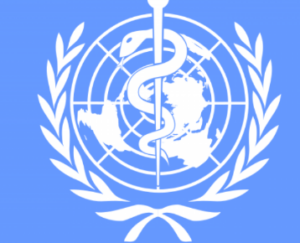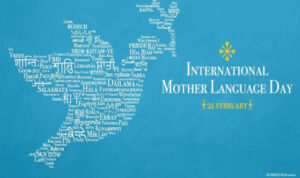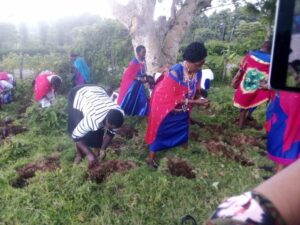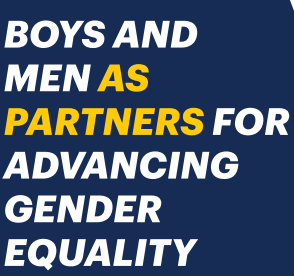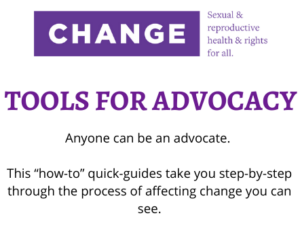Indigenous Peoples mobilisation, activism, tenacity, media coverage, and taking court action all helped bring the Indigenous Ogiek Peoples success against the government of Kenya. Here’s how…
On Friday 26th May, 2017 the African Court on Human and Peoples Rights recognised the Ogiek’s status as an indigenous people and rights over their ancestrally owned land.
Their victory, along with others have valuable lessons that other communities can draw from. For example, it demonstrates that communities and Indigenous Peoples – when they come together – can prevail against governments and oligarchs with a great deal of political influence.
ILC’s approach as a global learning network,supports members turn knowledge into action. Just like the Ogiek, Indigenous Peoples all over the globe have been the driving force for brave actions, yielding similar positive results.
Here are what we think are 5 key elements to their success:
1. Resilience
The Ogiek case lasted for eight years in court for a land rights battle that started long before the independence of Kenya. The Ogiek land dispute has been ongoing since the early 1900s. There have been evictions in every decade and most recently in 2016. Despite this, the Ogiek maintained faith, arguing that the ‘Mau forest is their only home’.
2. Consistency
What seems to be a key game changer in this historic Ogiek victory is the people’s consistency in their resistance. Before taking the first court action in 1997, the people voiced their grievances at the highest office in Kenya, the Presidency. In 1996, they took their case to the Kenyan Parliament and in January 1997, where two Ogiek leaders met and shared the people’s plight with then Deputy President of Kenya. Even though they knew more arrests and threats of evictions were waiting, they continued working together year after year to stage protests and resistance against the government.
3. Advocacy
In May 1998, over 1,000 young people created a movement for the recognition of the Ogiek people that pressured the government to stop the abuses and threats. Over the years, other pressure groups emerged in support of their fight. ILC Member, The Ogiek Peoples’ Development Program (OPDP) being one of them. Established in 1999 by Ogiek elders, opinion leaders, and professionals, OPDP promotes and protects Ogiek culture, land, language, environment, and human rights. Playing a pivotal role in the Ogiek suit, OPDP together with Mnority Rights Group (MRG) filed for urgent agction against the Kenyan government at the African Commission for Human and People’s Rights in 2009. The Commission issued a Provisional Measures Order against the Kenyan Government requiring them to stop the evictions, and then opened a complaint. OPDP and MRG then jointly pursued the case to success.
Over the years, the Ogiek have presented their concerns at the UN Permanent Forum on Indigenous Issues and made statements at the World Conference on Indigenous Peoples. MRG has also funded national advocacy on behalf of the Ogiek to raise awareness among the public and the media in relation to how specific policies affect the Ogiek.
4. Legal actions
One the most important steps the Ogiek people took was to take legal action. They first filed a lawsuit at the Kenya High Court against government authorities in June 1997 to stop six government officials from distributing their lands. This was just one of numerous court actions taken to defend Ogiek rights, and it hasn’t stopped there. Some have been unsuccesful, while others are still pending, yet this last victory will no doubt be a source of inspiration and hope to Indigenous Peoples across Africa.
5. Media coverage
International media coverage and headlines in support of the Ogiek’s land and human rights case has been noteworthy. Thanks to overwhelming support from the development community, and their persistent actions, the Ogiek people’s case has drawn the attention of international media, highlighting the importance of human rights and how certain policies affect poor communities.


